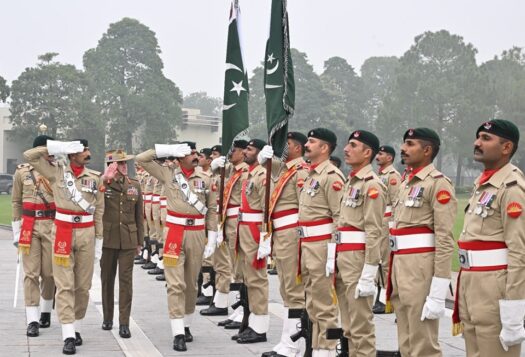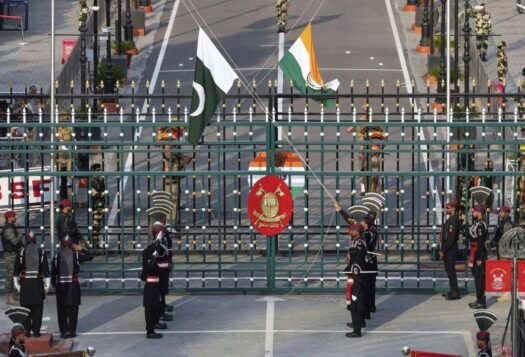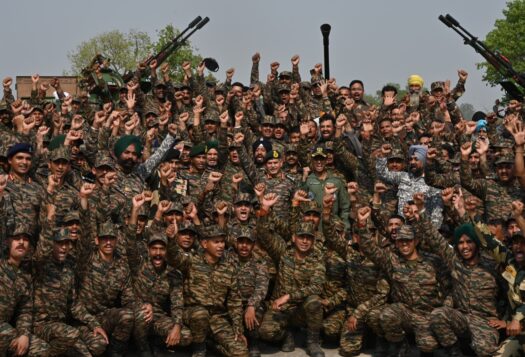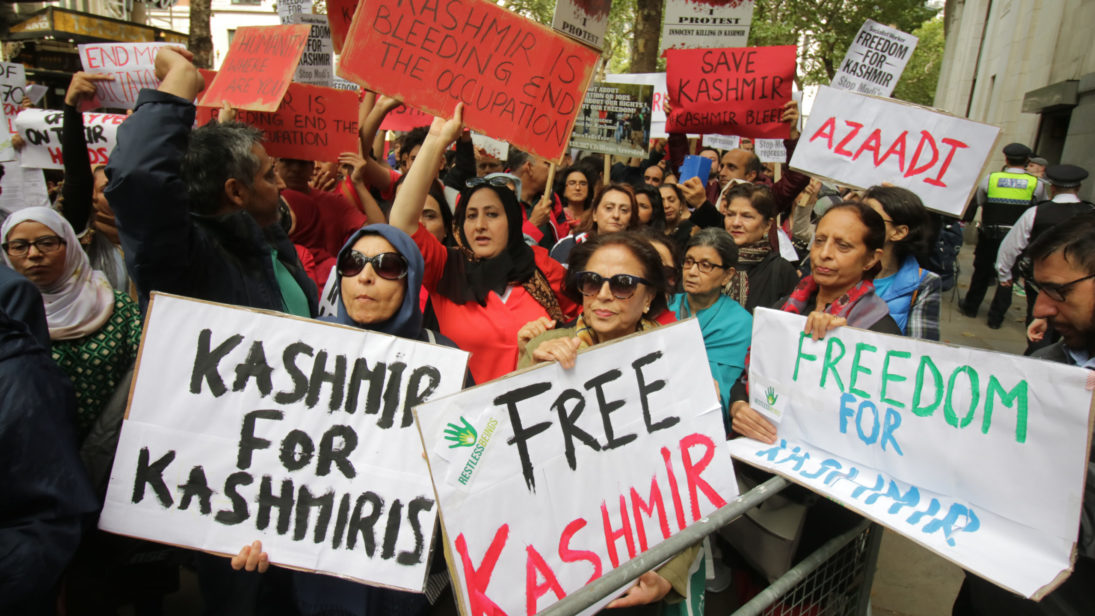
This week marks six months since the Indian government’s decision to withdraw Article 370 from Jammu & Kashmir, resulting in the removal of the erstwhile state’s autonomous provisions, and its reorganization into the Union Territories of Jammu & Kashmir and Ladakh. While some have supported this move, terming it as it the much-needed reintegration of Kashmir with the rest of India and a path towards stability in the region, others argue that this decision was enforced against the will of many Kashmiris and have criticized the government’s months-long communication blockade. In this two-part series, Fahad Shah and Aarti Tikoo Singh lay out the perspectives on both sides of this debate by responding to the following prompt: “Stable progress over the past six months suggests the political and security problems of Jammu & Kashmir are well on their way to being resolved with the Indian government’s actions post August 5. Agree or Disagree?” Read the entire series here.
***
The revocation of Article 370 from Jammu & Kashmir has done little to address the region’s political and security issues. That New Delhi had to put Kashmir under the longest-ever lockdown and curb movement as well as flow of information is a testament to that. If the Indian government sees the past six months as progress towards solving Kashmir’s problems, they would be repeating a mistake.
This is not the first time that Kashmiris have been forced to accept a political decision taken by New Delhi. In 1987, the central government along with local parties rigged the J&K assembly elections. The public anger that this generated eventually fueled an armed militancy against the state. By once again imposing a political decision through the withdrawal of Article 370, New Delhi is in danger of repeating history. The government claims the move will bring “long-term peace” to Kashmir, but the low intensity of violence in the Valley since the decision is not an indicator of peace or stability. Neither is revocation of Article 370 likely to pave the way for development of the region.
Silence After Article 370 Revocation No Indicator of Peace
Conflict in Kashmir has a history of re-emergence. It simmers quietly until an incident sparks it off again. This is because, as Paul Staniland explains, true normalcy, “whereby political processes [that] articulate the will of the Kashmiri people, and the political status quo, whereby Kashmir remains governed by India,” cannot coexist. And thus, as I explain in my recent essay, history shows us that it is only a matter of time until Kashmir witnesses another rise in violence.
It is too early to assume that the nullification of Article 370 has not had a deleterious impact on the conflict in Kashmir. The relative quiet in the Valley is not an indication of popular sentiment.
In 2012, the Congress Party believed it had brought peace back to Kashmir, with Home Minister P. Chidambaram claiming that “the data reflects a steep and drastic decline in militancy.” However, around the same time, young boys with the scars of the 2010 civilian killings were quietly taking to guns. This was the beginning of the new-age militancy in Kashmir from which the likes of popular commander Burhan Wani emerged. It was Wani’s death at the hands of Indian security forces in July 2016 that changed Kashmir forever and sparked another cycle of unrest. Thus, it is too early to assume that the nullification of Article 370 has not had a deleterious impact on the conflict in Kashmir. The relative quiet in the Valley is not an indication of popular sentiment.
What better explains the muted reaction in Kashmir is the lack of space to express discontent and fear of reprisals. A few months before the revocation, the National Investigating Agency went on a spree of arrests as well as filing cases connecting the pro-freedom movement with terrorism activities. The government banned two pro-freedom organizations – Jamaat-e-Islami Jammu and Kashmir and Jammu Kashmir Liberation Front. To curb any backlash to the impending move, over 5000 people who had past records of protesting were detained. Finally, with all communication channels snapped, it was almost impossible to mobilize.
Imposing the strictest communication and movement restrictions and jailing political leaders as well as thousands of others is enforcing silence, which is no indicator of peace. It is the silence of the disempowered and discontented, who will likely not stay quiet for long.
Article 370/35A Not Hurdles to Development
The government and its proponents’ main argument in favor of the abrogation of Kashmir’s special status has been that it was limiting the development of the region, mainly due to land restrictions arising out of Article 35A. However, according to Former Finance Minister of J&K Haseeb Drabu, what has actually hampered development is that private foreign investments do not come into the region because of Kashmir’s disputed status according to the UN and “abrogation of Article 370 or rescinding Article 35A doesn’t solve this problem.”
Drabu, who was the architect of the Bharatiya Janata Party(BJP)’s coalition with regional People’s Democratic Party in 2014, has also pointed out that J&K’s development indicators are much better than some other states and “more than 25% of the household earnings in the region are from own cultivation,” much higher than other states traditionally considered prosperous such as Punjab and Gujarat. Thus, an attempt to hold up the lack of development as central to the problem in Kashmir rather than the Kashmiri demand for dignity and human rights is disingenuous.
Instead, many Kashmiris see the revocation of Article 370 and Article 35A as a threat of demographic change – to settle non-Kashmiris in order to change the Muslim-Hindu makeup in the region.
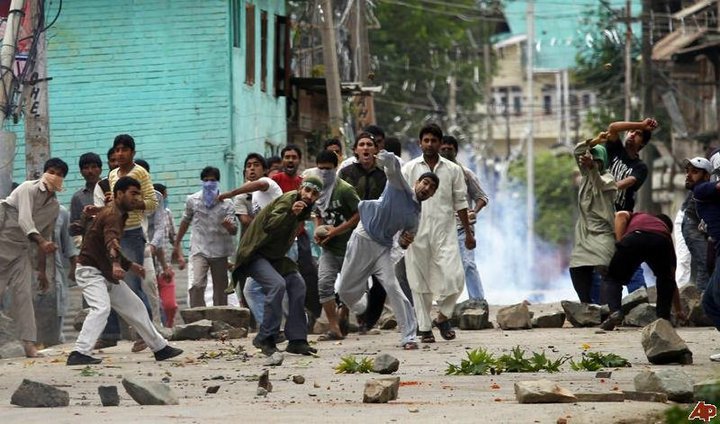
Heavy-Handed Approach Shows Signs of Deepening Crisis in Kashmir
The abrogation of Article 370 is not likely to work because New Delhi’s approach was to impose a political decision by military force, and the government seems to have no concrete plans to stabilize the region through a genuine political process.
Its recent decision to book two former chief ministers—Omar Abdullah and Mehbooba Mufti—under the Public Safety Act, which allows detention without trial for extended periods, seems particularly shortsighted. Detaining leaders like Abdullah and Mufti, who are seen as pro India, further erodes the Indian state’s space in Kashmir.
In fact, the withdrawal of J&K’s special status and the BJP’s ultra-nationalist tendencies have created the basis for a surge in anti-India sentiment, which can lead to growing violence. Militant outfits were able to add 11 local recruits between August and November 2019 despite the blockade. And in the last few weeks, they have attempted to launch strikes or strengthen their operations.
Summer of 2020 may not witness an unrest, but it would be wrong to believe that Kashmir is peaceful now. […] The situation could escalate at any point, over a single incident—the last six months have laid the foundation for it.
In addition, according to government data provided in response to an RTI request, all levels of violence grew in the aftermath of the August 5 decision. In the first four months post-abrogation, Kashmir witnessed 309 incidents of what the Ministry of Home Affairs describes as “terrorist violence” (highest in September at 152), 1,193 stone-throwing incidents (highest in August at 658), and 1,362 ceasefire violations. Four months before the abrogation, the same data was 166 incidents, 565 stone-throwing incidents, and 982 ceasefire violations.
Where Do We Go From Here?
Summer of 2020 may not witness an unrest, but it would be wrong to believe that Kashmir is peaceful now. As the discussion above indicates, Kashmiris tend to react in due time. The situation could escalate at any point, over a single incident—the last six months have laid the foundation for it.
The government’s belief in an iron-fist approach as the best model to bring peace in Kashmir is flawed. It seems to be following in the footsteps of former J&K Governor Jagmohan Malhotra. But New Delhi would do well to remember that his tenure left deep wounds in Kashmir, which continue to be scratched.
New Delhi urgently needs to find a different approach, that of restoring the dignity of Kashmiris and engaging in open dialogue. Unfortunately, its recent actions with slapping the PSA on two mainstream politicians indicate it has no plans to do so. The government seems to be saying that Kashmiris, whether the common masses or elected leaders and politicians, will not be treated with dignity.
We are at a point where one side is defending and even celebrating the revocation of Article 370, despite the fact that a whole region was turned into a prison. The other side lies either in jail or is condemned to silence. The lines of engagement have blurred and a middle ground has been lost. It seems only a matter of time that these unhealed wounds take a turn for the worse.
***
Image 1: Steve Eason via Flickr
Image 2: Kashmir Global via Flickr
